The exhibition features personal family photos from the 1800s to the present day, exploring the themes of family, migration and home.
Abiola Balogun
My grandma, Princess Aduke Moradeun Ojora, was the first woman to be bestowed the prestigious Islamic Chieftaincy title of Samori-Adinni of Lagos. This prominent title was given for her dedication and charity work supporting the presence of women in the Islamic culture in Southwest Nigeria and her works within its community.
My grandmother was known for her fashion style and in these pictures, she is wearing the traditional Yorùbá outfit of ìró (wrapper), bùbá (blouse), ìpèlé (shawl) and gèlè (headwrap) made of a fabric called woyonsi (aka Lechi), afloral hand cut organza made in Switzerland.
Talking drum percussionists beat and chant eulogic praise to honour her with ancestral poetic verses, as a noble recognising of her historical lineage.
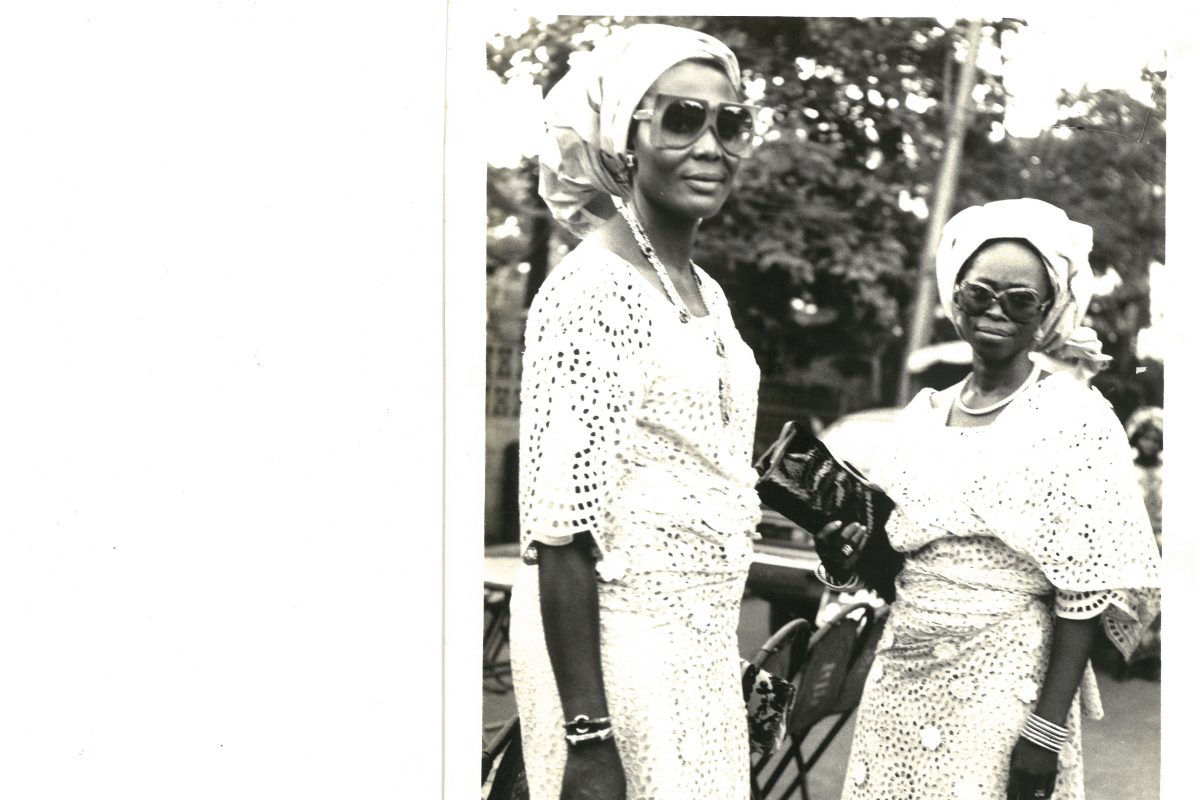
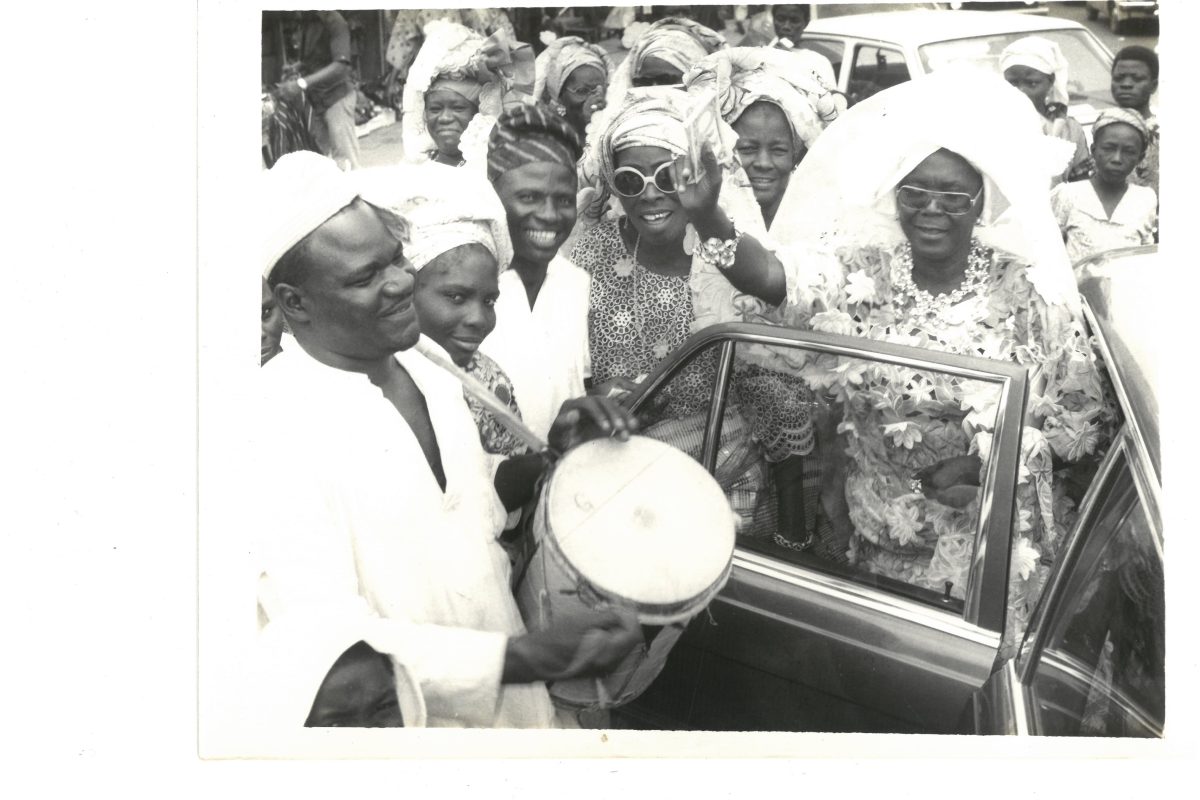
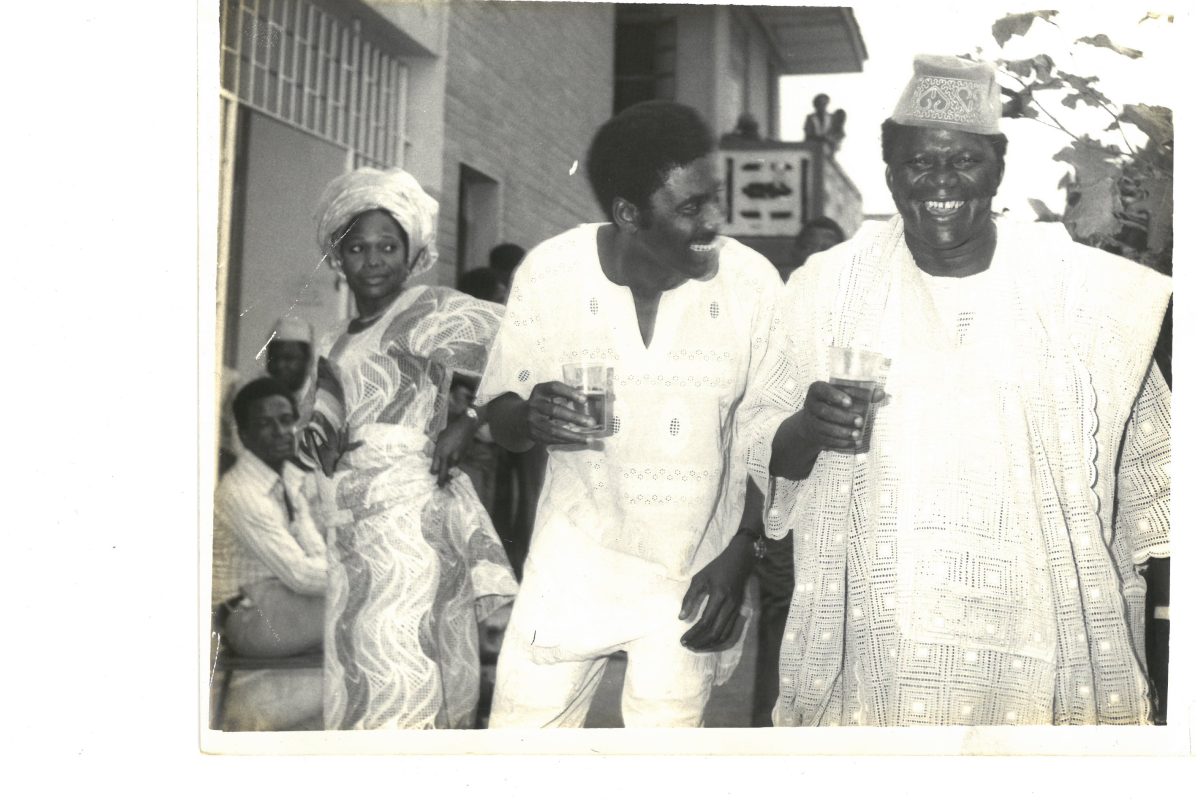
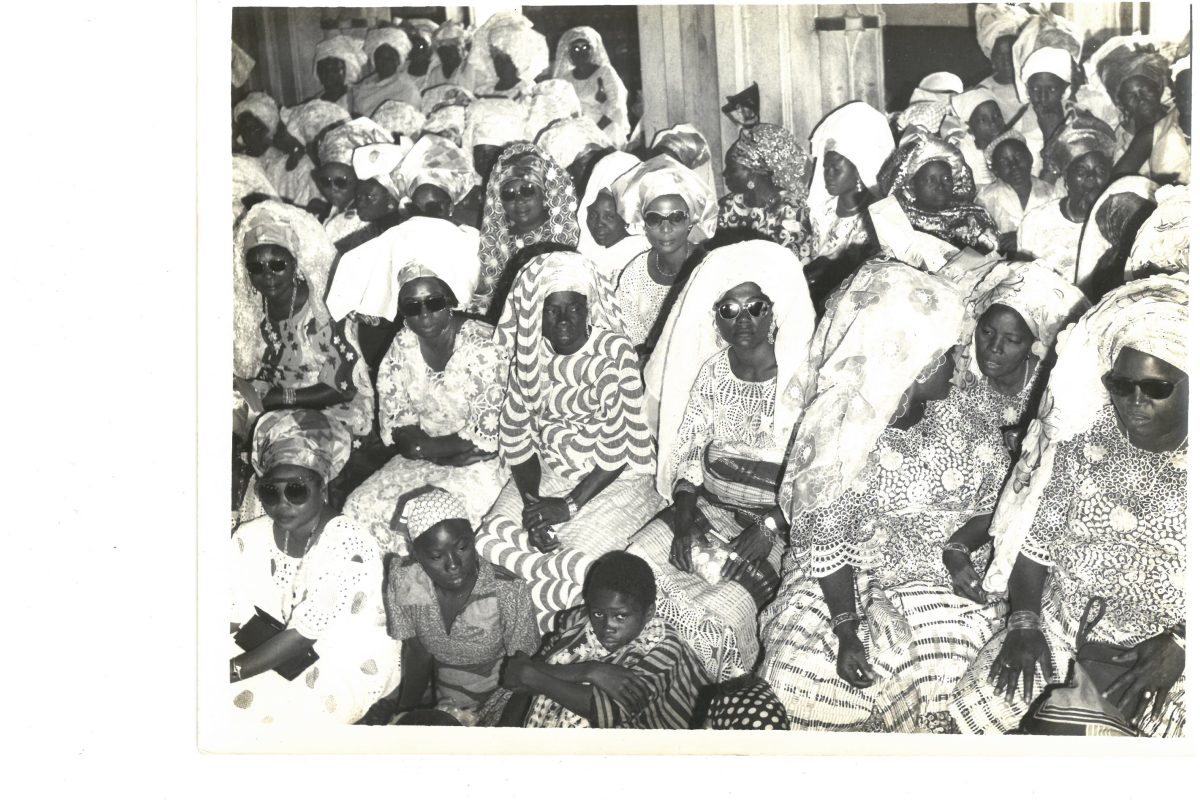
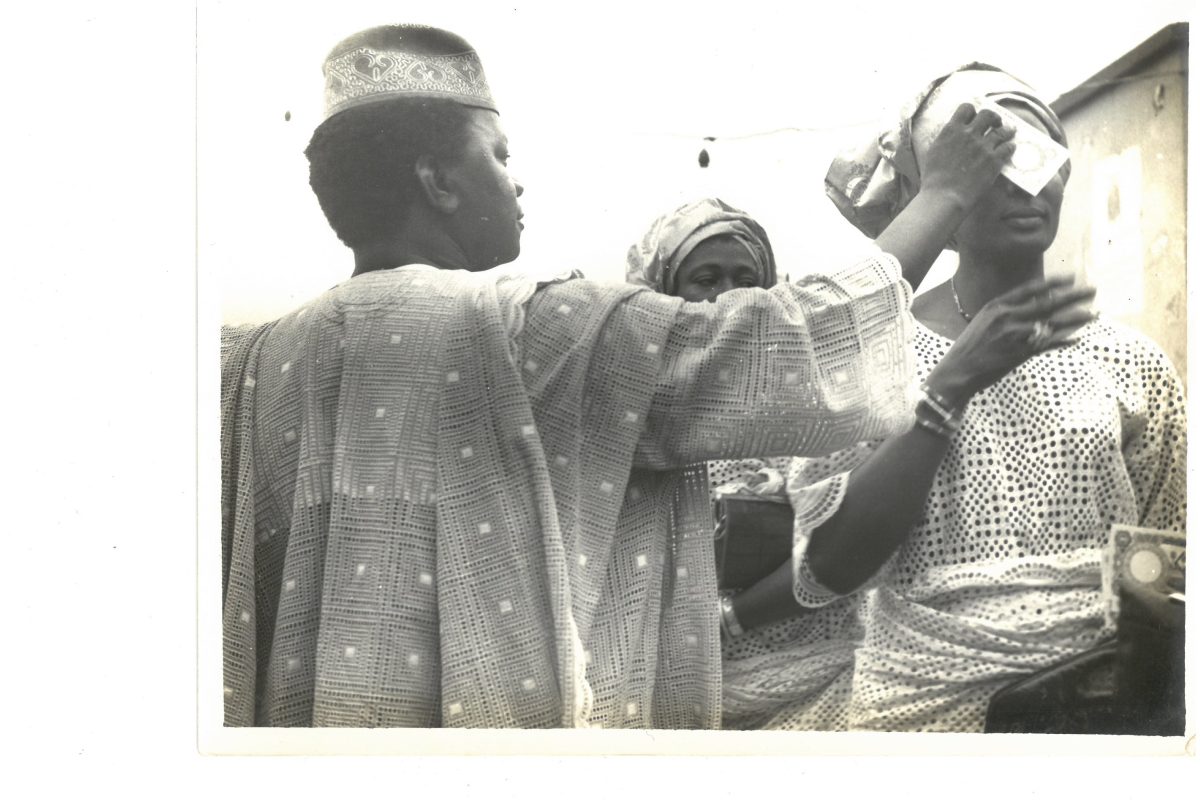
Talking Drum, Nigeria, 1975-1999
Gángan is a traditional Yorùbá talking drum from Southwestern Nigeria. It is an hour glassed shaped carved wood with the drumhead made of stretched leather, surrounded by strips of leather strings (to tune the melody of the drum). Gángan is usually embellished with beads, brass ornaments and small bells with leatherwork craftsmanship straps; played by hand or with a curved shaped drumstick.
Drummers chant to salute a person of noble presence and to show appreciation to their ancestors. They share kindness by donating money to the needy as a sign of their humility, and their appreciation to the land and its people.
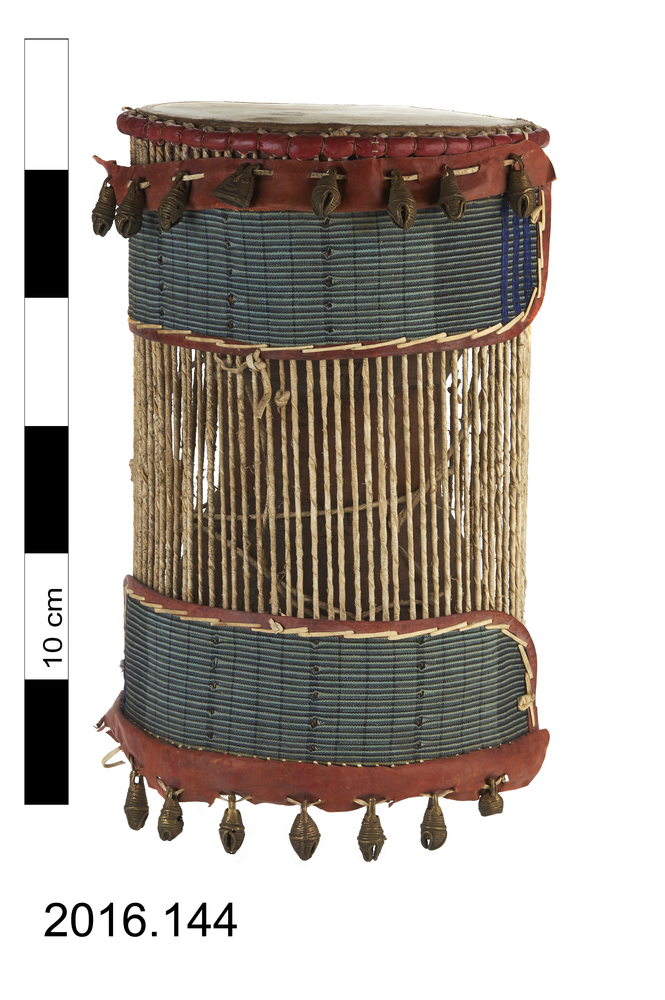
drum
Musical Instruments
Courtney Joseph
Three generations of resilience and strength are beautifully captured in these treasured photographs. My great grandmother, Ruth Violet, a talented dressmaker and child of Indian indentured labourers, poured her creativity into her family and work, weaving stories of our heritage with every stitch. In the 1977 photo, she stands alongside her siblings, with my grandmother Veronica holding my mum, symbolizing the spirit of our love and family lineage. Their journey reflects the struggles and triumphs of those who contributed to our rich cultural tapestry.
The 1966 image of my great grandmother Catherine, also descended from Indian indentured labourers, surrounded by her daughters, niece, nephew, and granddaughter, narrates a tale of love and continuity. Each face in this photograph embodies the strength of our family’s journey. My grandmother often told me how wonderful Catherine was as a mother-in-law, nurturing her family with warmth and wisdom, imparting values that continue to influence us today.
Highlighting love across cultures, the photo of my great grandparents Irene, a proud Bantu woman, and Howard, a British soldier, celebrating their anniversary in the 1960s, illustrates their defiance against the Prohibition of Mixed Marriages Act in place at the time. Their union motivates me to honour our diverse heritage, proving that love knows no boundaries.
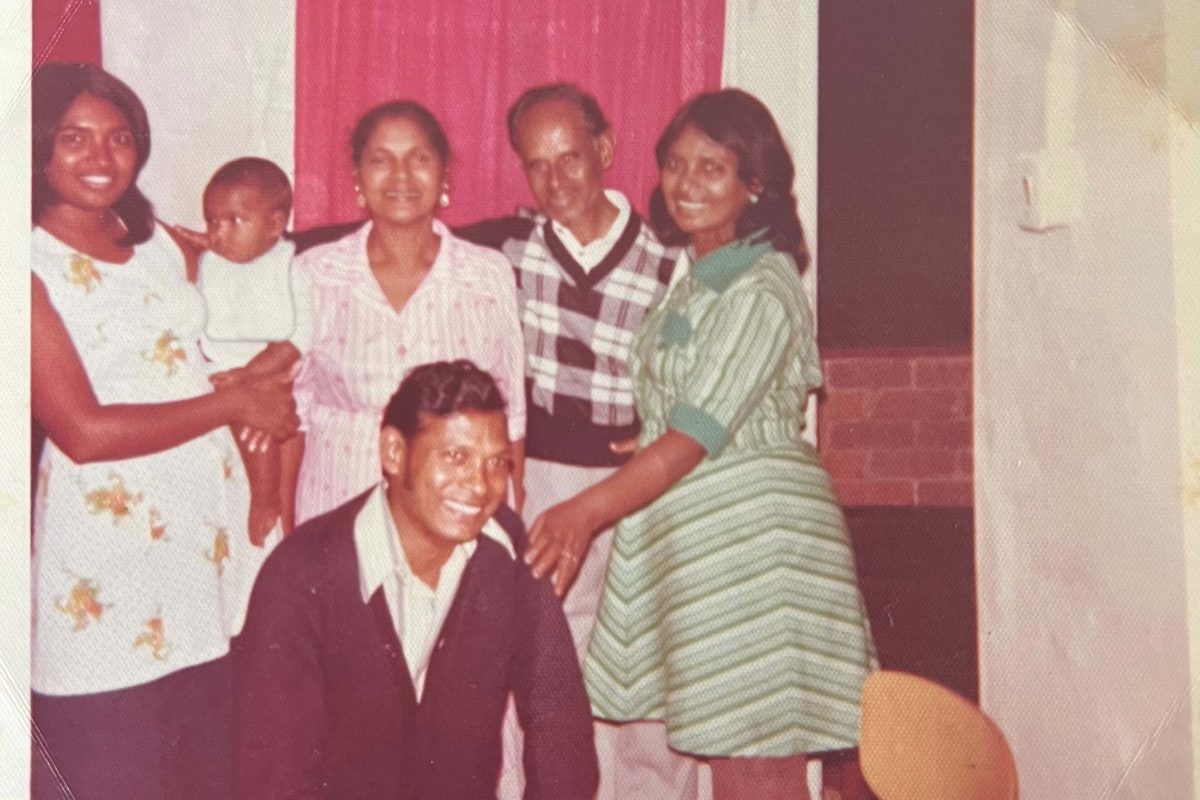
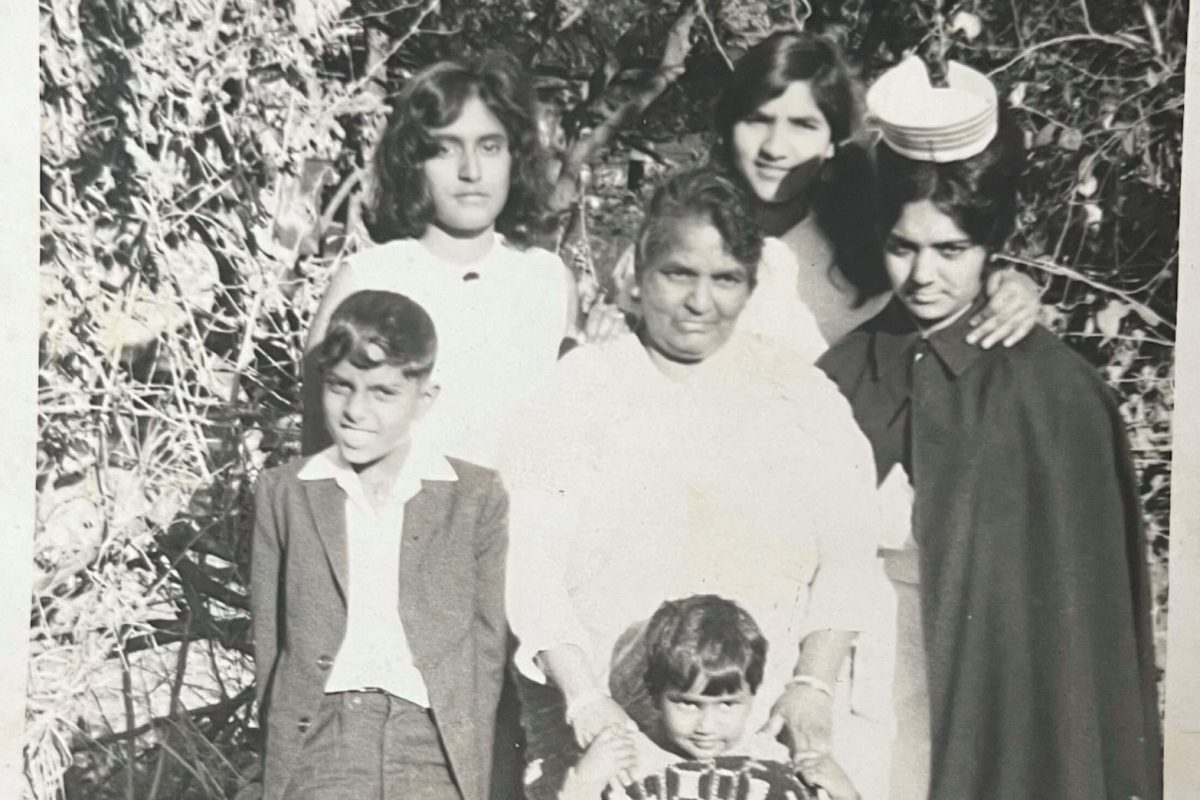
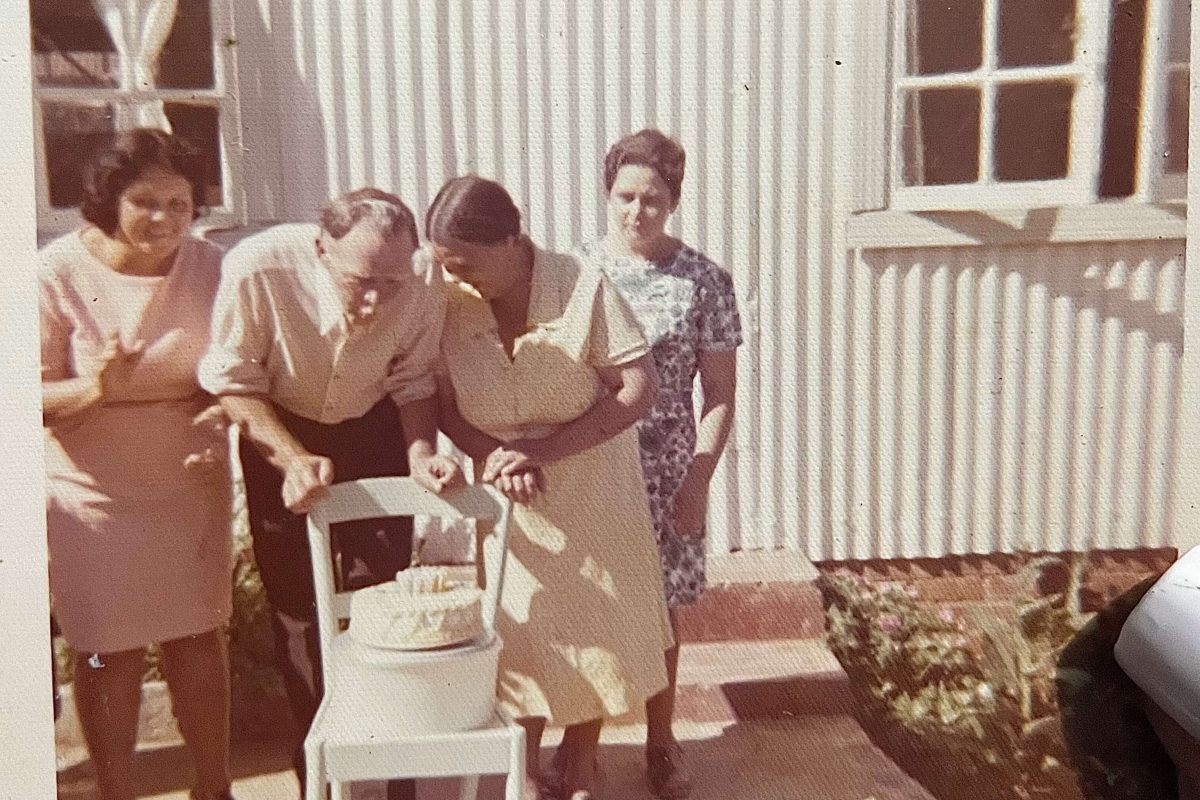
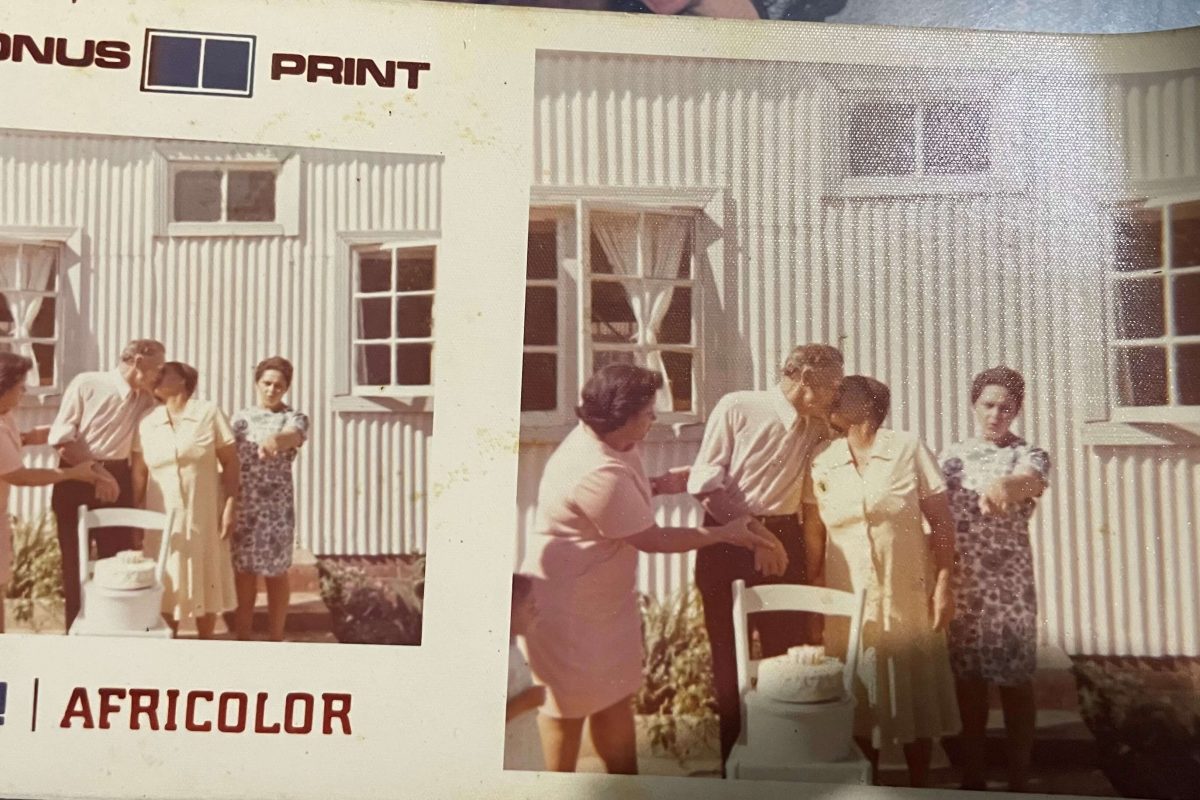
Wallet Pouch, KwaZulu-Natal, Republic of South Africa, 1800s
These photographs together with the woven pouch reflect our heritage and the ties that unite us. They evoke feelings of belonging, reminding us to cherish the love, creativity and strength our ancestors gifted us. Together, they create a vibrant tapestry of our diverse family history, and the enduring power of love that transcends barriers.
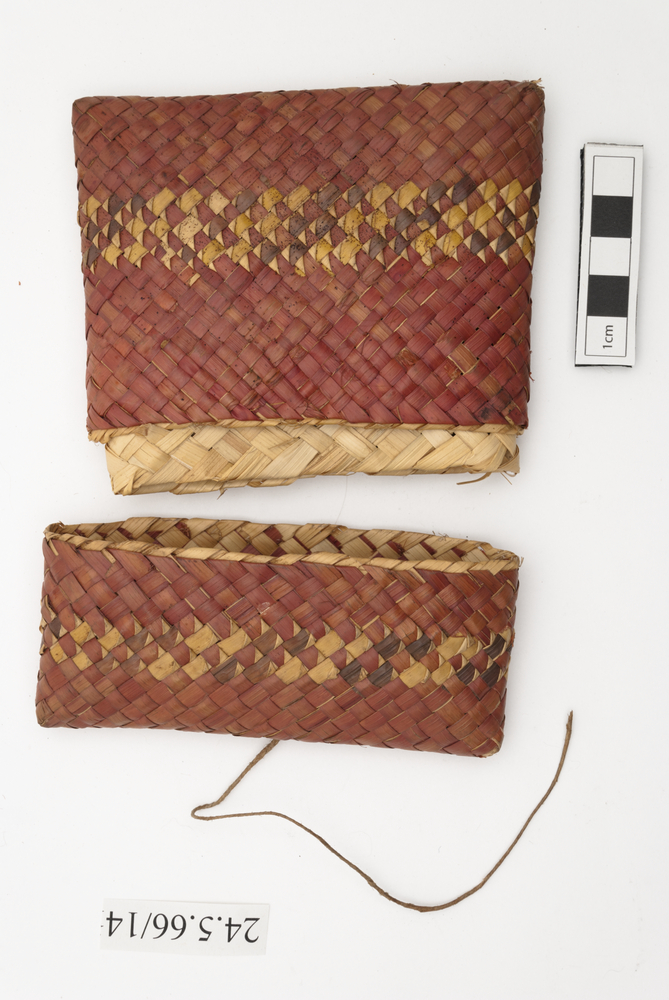
wallet; pouch (containers); lid (containers)
Anthropology
Judy Joseph
My passport photo
Taken in Trinidad, February 1961. The dress and colourful hair ribbons were made by a dressmaker. The passport was part of the administrative preparations for myself and my sister, Velma, to travel by plane on our own and join our parents in the UK.
Aunt Caro’s Wedding Day
Taken outside the family home in Chiswick, West London, 1959/1960. From left to right is my Mum, Dad, cousin Portia, ‘Jo-Jo’, Aunt Caro, and baby June being held by her father, with her Mum next to him. Aunt Caro’s exquisite outfit was made to measure by a dressmaker. The marriage took place during myself, and my sister’s six year stay in Trinidad. We were looked after by an aunt while our parents were in England working hard to purchase a home, before bringing us over.
Me and Velma outside Aunt Caro’s Home in Forest Gate
We are leaning against my Aunt Caro’s husband’s car. His proud possession. We were keen to be driven in it, as we did not have a family car. My father was not interested in owning a car, and never did! My Mother made our outfits. She always dressed us in the same style. Making them herself meant she could afford new outfits for special occasions, as in this photo taken on my birthday a few weeks after joining our parents in England.
Wearing my ‘Soldiers’, Sailors’, and Airmen’s Families Association’ (SSAFA) Health Visitor’s Uniform
This photo was taken in Hong Kong, Autumn 1983. It accompanied an article, introducing myself to the families of the Regiment I would be working with during my two years posting. Our uniforms were individually tailored by a firm in Saville Row, London.
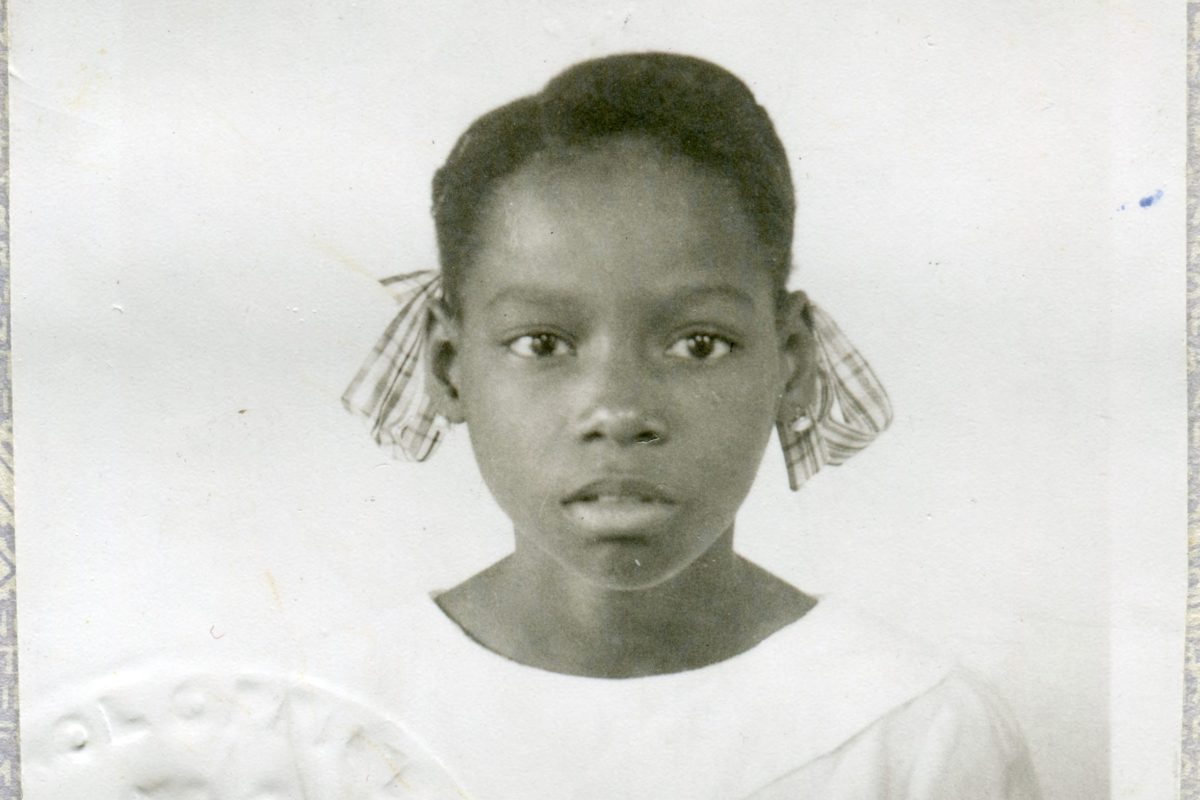
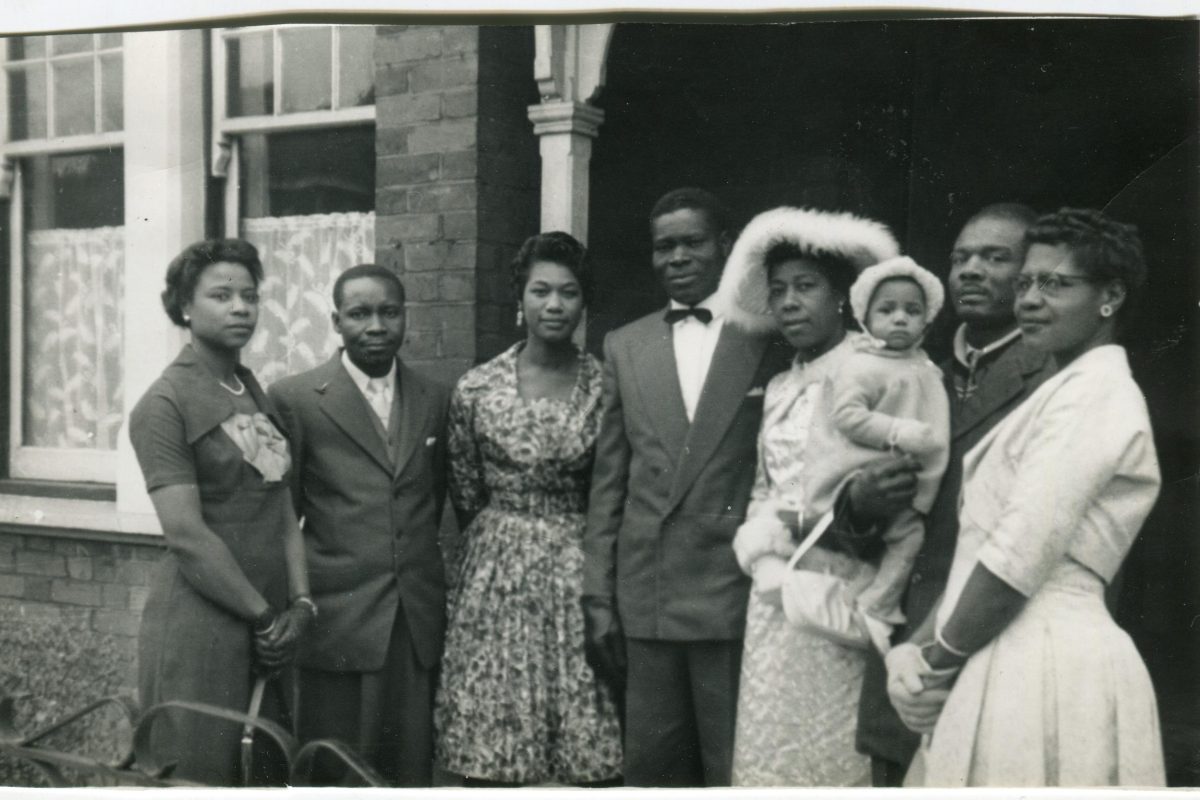
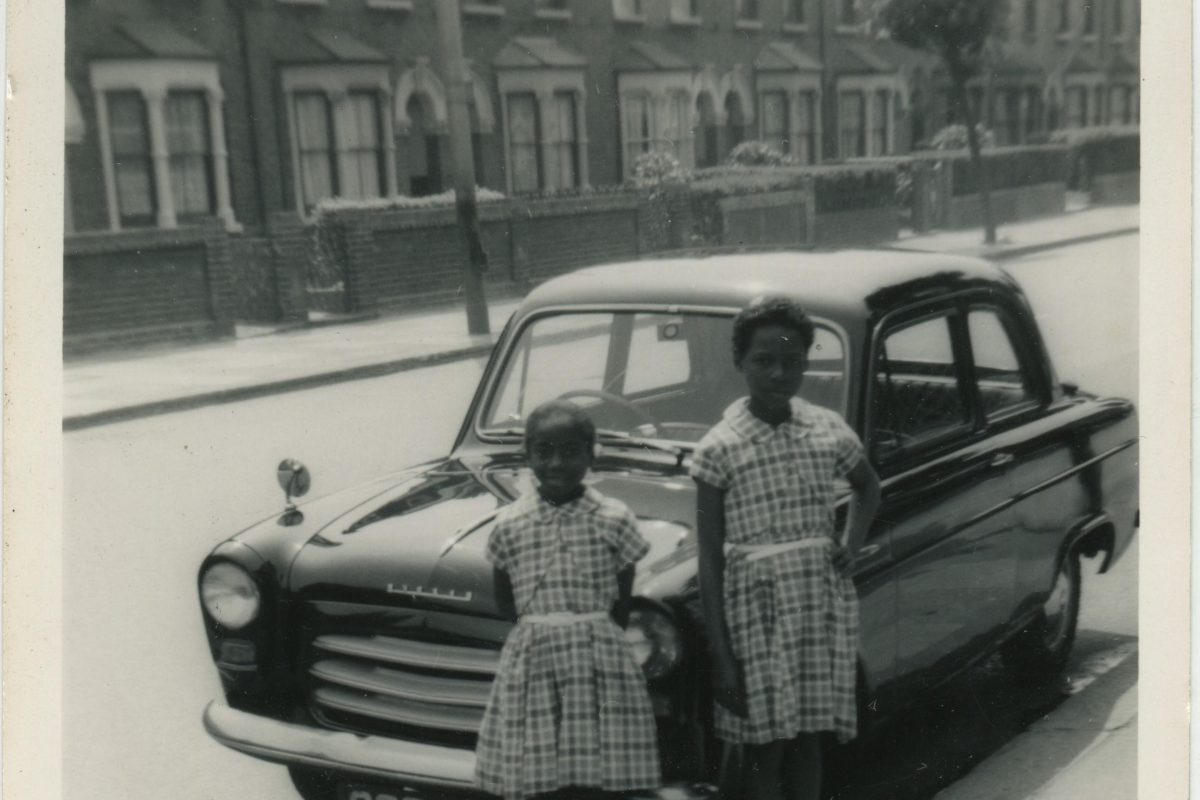
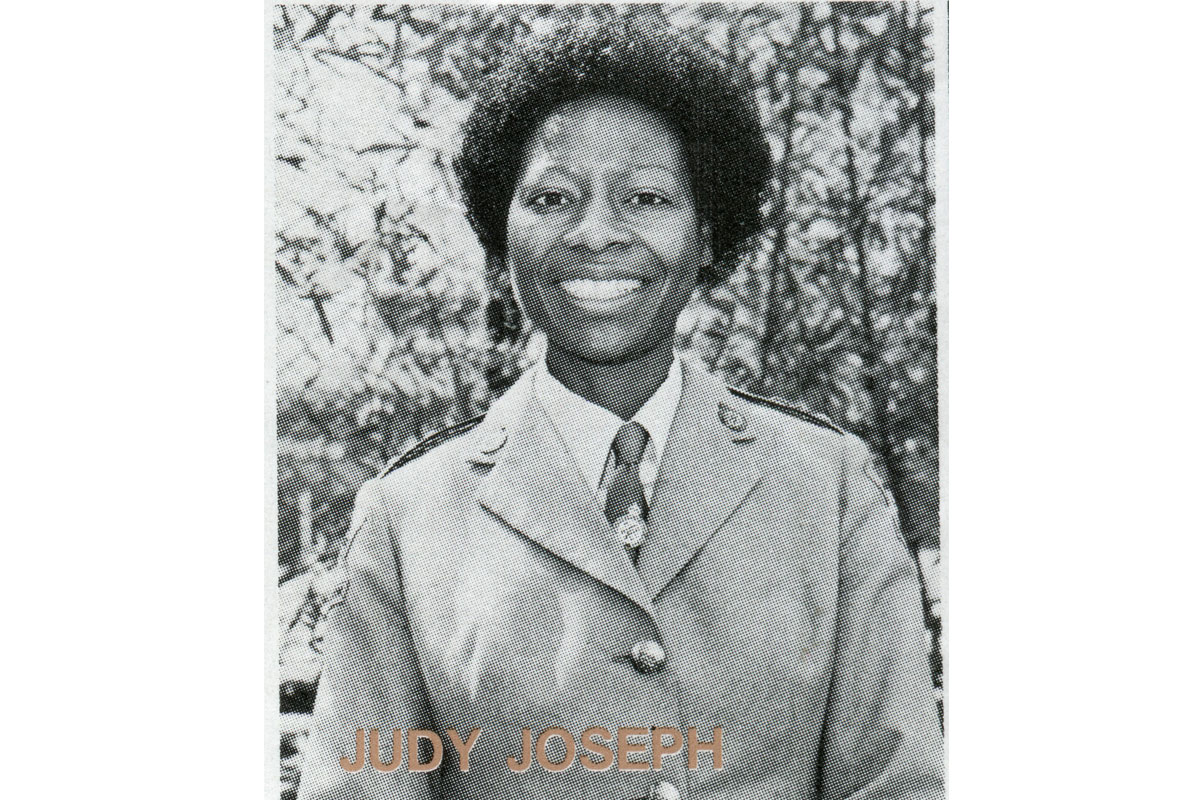
Wanzer Sewing Machine, England, 1870s
Seamstresses were (and still are) highly sort after in the Caribbean community. These creative individuals designed and made personalised garments at affordable prices, including school uniforms, church and wedding outfits. This was made possible with access to a ‘Singer’ Sewing Machine, founded by Issac Singer in New York, 1865, with UK distribution from 1870. It is an asset in Caribbean households. In many cases, the machine itself, like the sewing skills, were passed down from generation to generation.
There is a Singer Sewing Machine on display in Nigeria 60 in the World Gallery. This ‘Little Wanzer’ sewing machine was made in England in the 1870s.
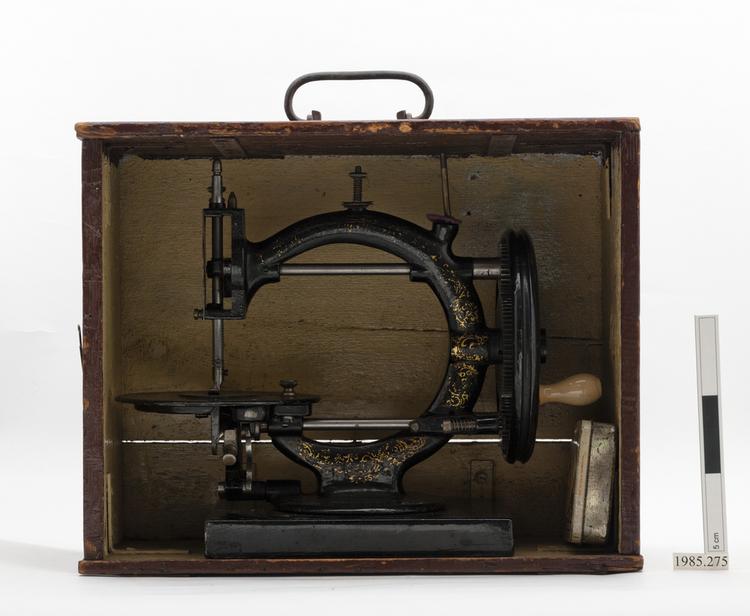
sewing machine; case (general & multipurpose); needles (textileworking: needlework); instructions
Anthropology
Pearl Hodgson West
My mother and I have been researching our family tree for years, back to the 1700s. Many of my family travelled the world looking for work, and I wanted to look at their migration journeys from the Caribbean to the UK. My great-great-grandfather, George Chapman, was the first to migrate to north England from St John’s Antigua in the 1870s, working as a sailor and dockworker.
In Scarborough in 1911, my great-grandmother, Florence, had a boy named Francis Edmund (Uncle Frank). My Nana Dorothea followed in 1913, John in 1915 and Hyman in 1917. In her sixties, she adopted a baby, Jeannie. Florence was a strong, proud woman and knew how to survive but she lived on one of Hull’s most impoverished streets. Being a mixed-race heritage family during this time would not have been easy.
Uncle Frank was a Royal Engineer in the Eighth Army, stationed in Italy, North Africa and Normandy during the Second World War. Whilst he was in Egypt there was a water shortage, and some men died of dehydration due to the unfamiliar, extreme desert heat. Because of this, he would scold his younger siblings for leaving taps running.
After the War, Frank worked in an abattoir but had a love of animals, especially horses. He loved Westerns and was a wrangler, riding a lot in Spain on desert trails. He once single-handedly saved a heifer that had run rampage through the streets of Hull in 1948. Frank never married or had children but lived a long, fulfilling life doing the things he enjoyed.
Frank died in 1984 a year before my birth. Florence lived to be ninety-nine years old, passing in 1986.
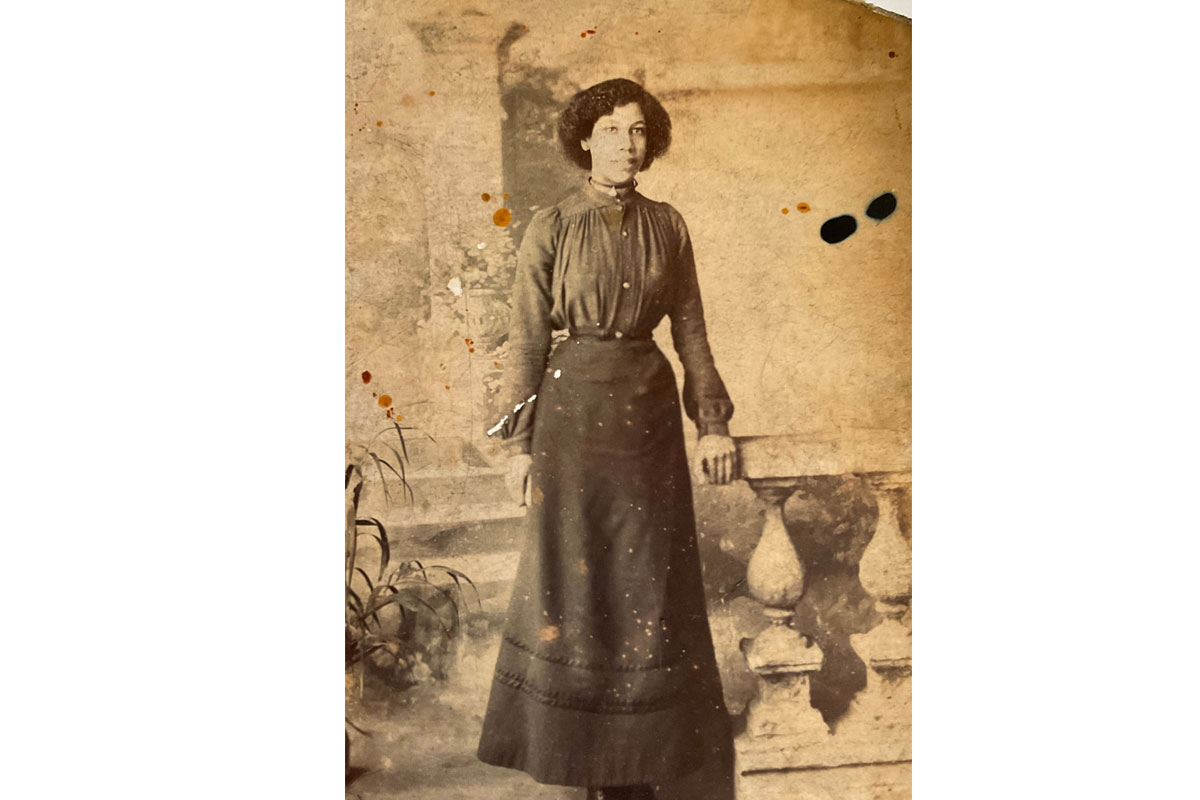
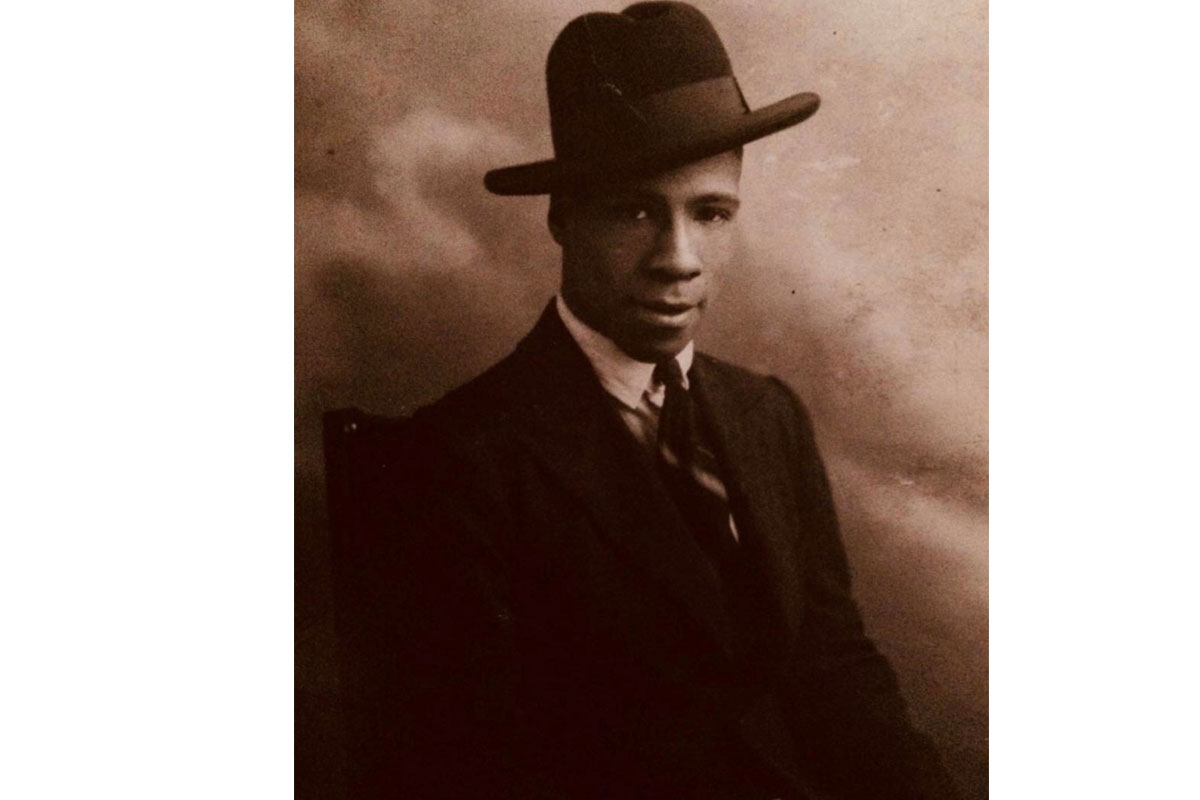
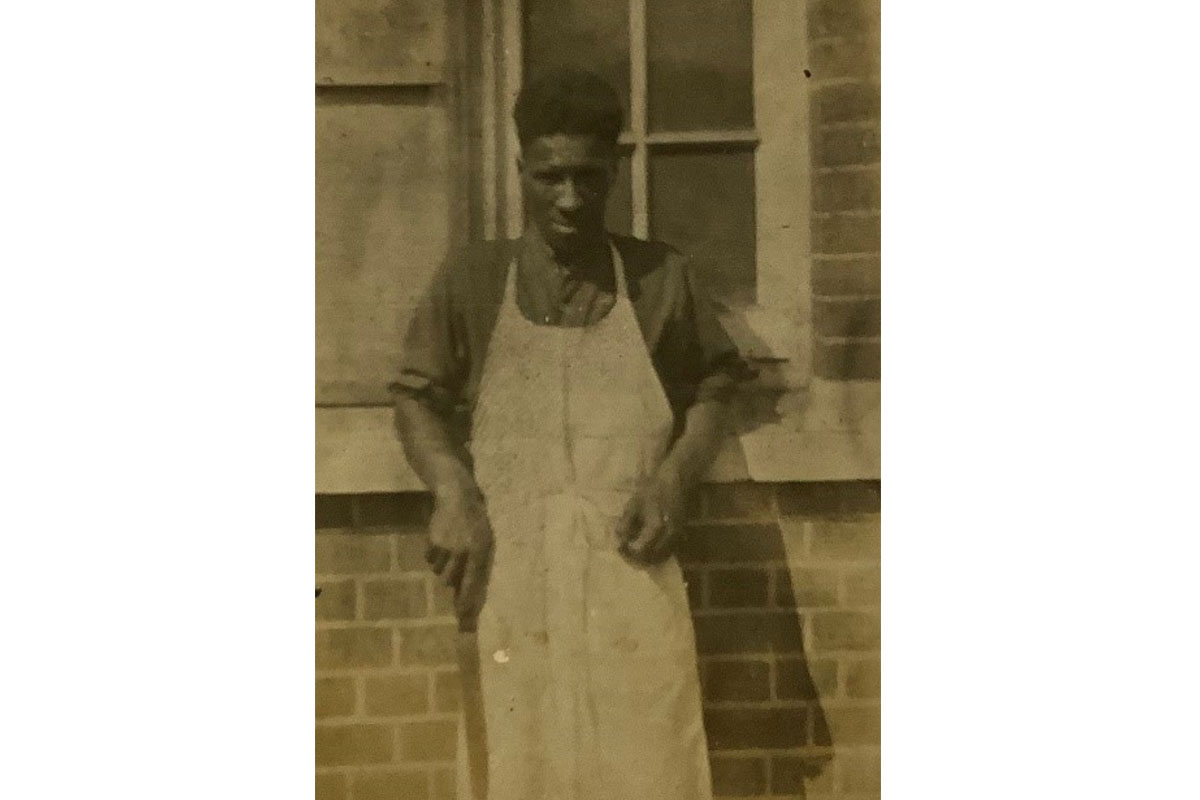

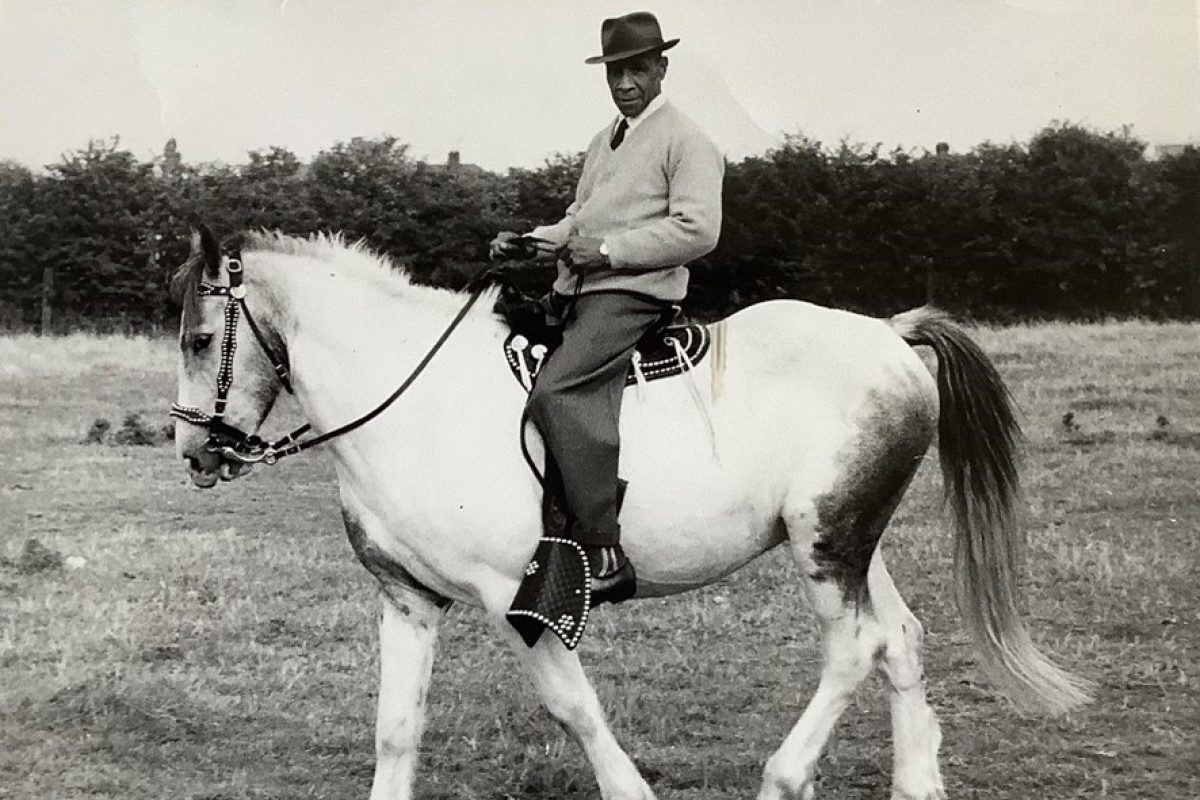
Nose pincer, Iron Alloy, Essex, UK, 1900s
This brass bullring was Uncle Frank’s. He would have used it to herd bulls into the abattoir.
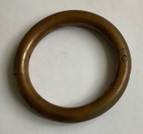
The nose pincer in the Horniman collection aided the insertion of bull rings and is a useful tool that would likely have been used by Frank.
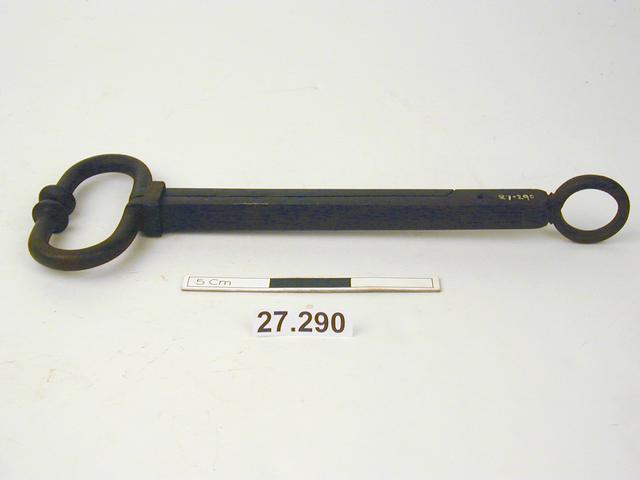
See the full exhibition at Canvas & Cream 12 November–2 December.
Family Threads is free to visit at Canvas & Cream, open Monday–Friday 8.30am–5pm; Saturday & Sunday 10am–6pm.


